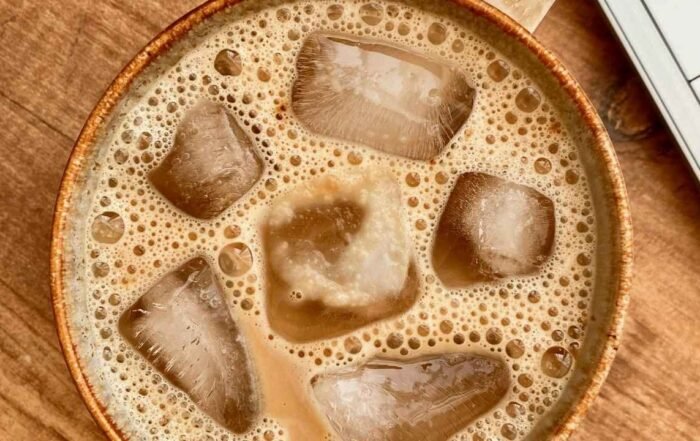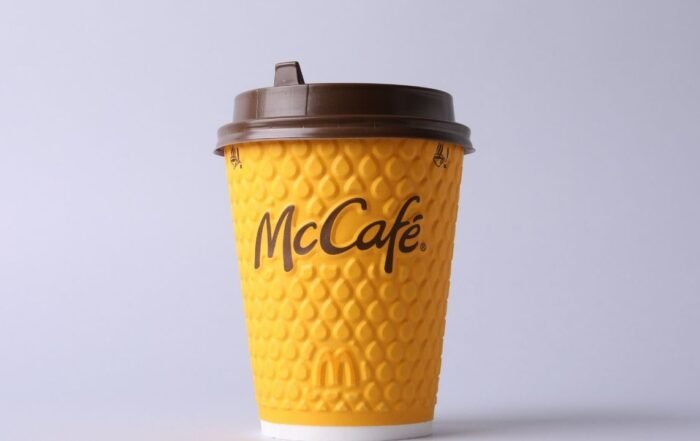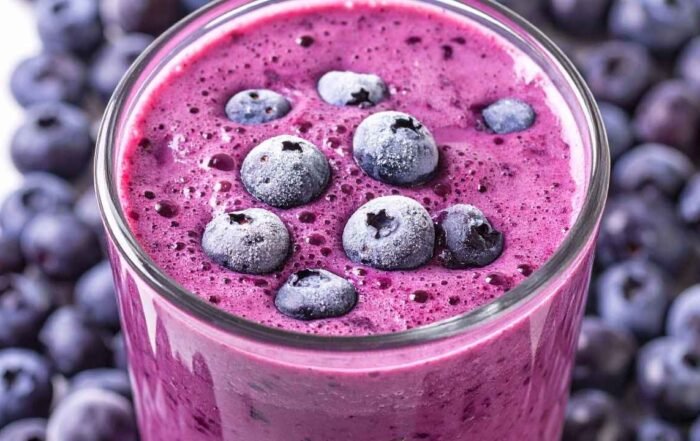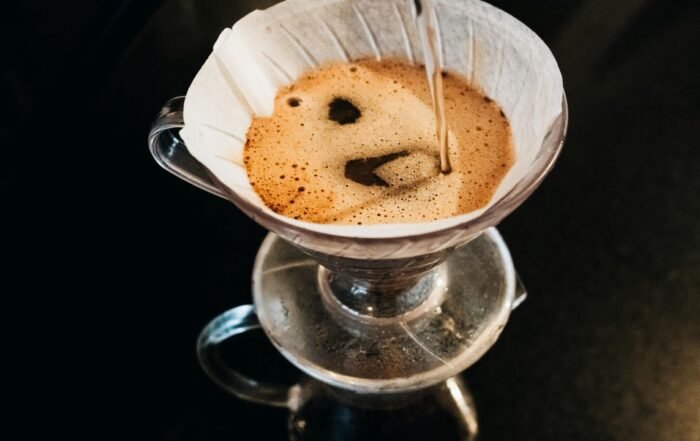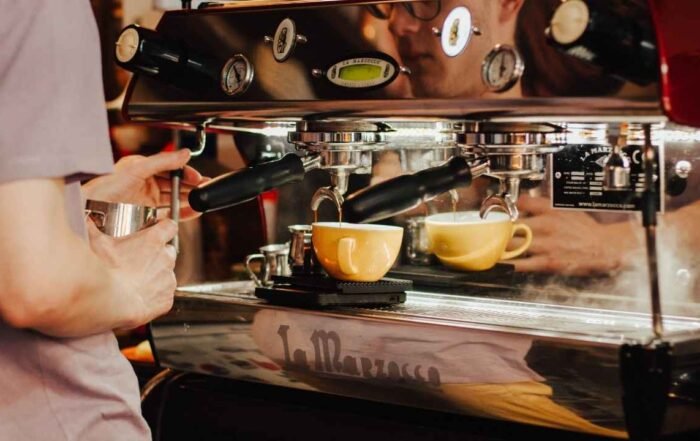In this Article

Producing coffee at home doesn’t have to seem scary. Although brewing coffee for beginners is really rather simple, the coffee business can appear cluttered with sophisticated jargon and pricey machinery. In your kitchen right now, you already have most of what you need to make great coffee.
At first, the path from instant coffee to fresh brewed cups might appear too much, but every little step is worthwhile. You’ll see why millions of people have made this change once you taste the contrast between store-bought and home-brewed coffee. The greatest feature is you can start slowly and progressively develop your abilities without going broke.
The First Step for Every Coffee Enthusiast
Start by trying several varieties of coffee to know your favorites. Purchase small bags of different coffees or stop by nearby coffeehouses. This basis guides your decision-making while developing your home brewing equipment.
How to Start Brewing Coffee | The Essentials
Understanding three simple components: beans, grinding, and water starts one on the path of coffee brewing. Getting these parts right considerably impacts your results as they combine to produce the tastes in your cup. Buying whole beans and grinding them yourself is the trick, this keeps freshness considerably better than pre-ground coffee.
Although it could seem like an afterthought, water constitutes 98% of your coffee, thus, quality counts. Filtered water removes chlorine and other chemicals that can affect taste. Temperature is also crucial, water between 195 and 205 degrees Fahrenheit extracts coffee compounds effectively without producing bitter or sour flavors.
Begin with these fundamentals and be astonished at how much better your coffee tastes than whatever you’ve been sipping before.

Selecting the Right Type of Coffee Beans | Grind Size
For best freshness, pick beans roasted 2–4 weeks. Light roasts have a brilliant and sour flavor, medium roasts offer balance, and dark roasts have strong, smoky notes. Start with medium roasts as they’re most approachable for new brewers. The grind size also defines the final flavor of coffee, so ensure to grind beans correctly.
Methods For Brewing Coffee For Beginners
Starting with forgiving techniques that give consistent results helps novice coffee brewing to be most effective. Automatic drip makers, French press, and pour-over drippers are three brewing techniques that are especially easy for novices. Depending on your lifestyle and tastes, each provides unique benefits. Ideal for hectic mornings or when you need many cups, drip coffee makers manage most of the effort for you.
French press brewing lets you have greater control and creates rich coffee with little equipment expenditure. Though needing more care, pour-over techniques teach you about extraction and timing and create fresh, vivid tastes. Start with whatever technique most appeals to you.
Drip Coffee Maker | Easy and Beginner-Friendly
Automatic drip makers manage temperature and timing, therefore eliminating variables that could cause problems. Look for designs with thermal carafes and configurable strength levels. With little effort, you will get consistent results every morning by using the correct coffee-to-water ratio.
French Press | Affordable and Full-Flavored
Starting for less than $30, French press brewing yields rich, full-bodied coffee. Add coarse grounds, pour hot water, wait 4 minutes, then press. The metal filter lets oils through, hence generating more body than paper-filtered techniques do.
Pour Over – Control and Precision for New Brewers
Pour-over techniques like V60 or Chemex impart brewing basics while producing clean cups. Water temperature, pouring speed, and timing are under your direction. Begin with simple plastic drippers before spending money on high-end ceramic or glass models.
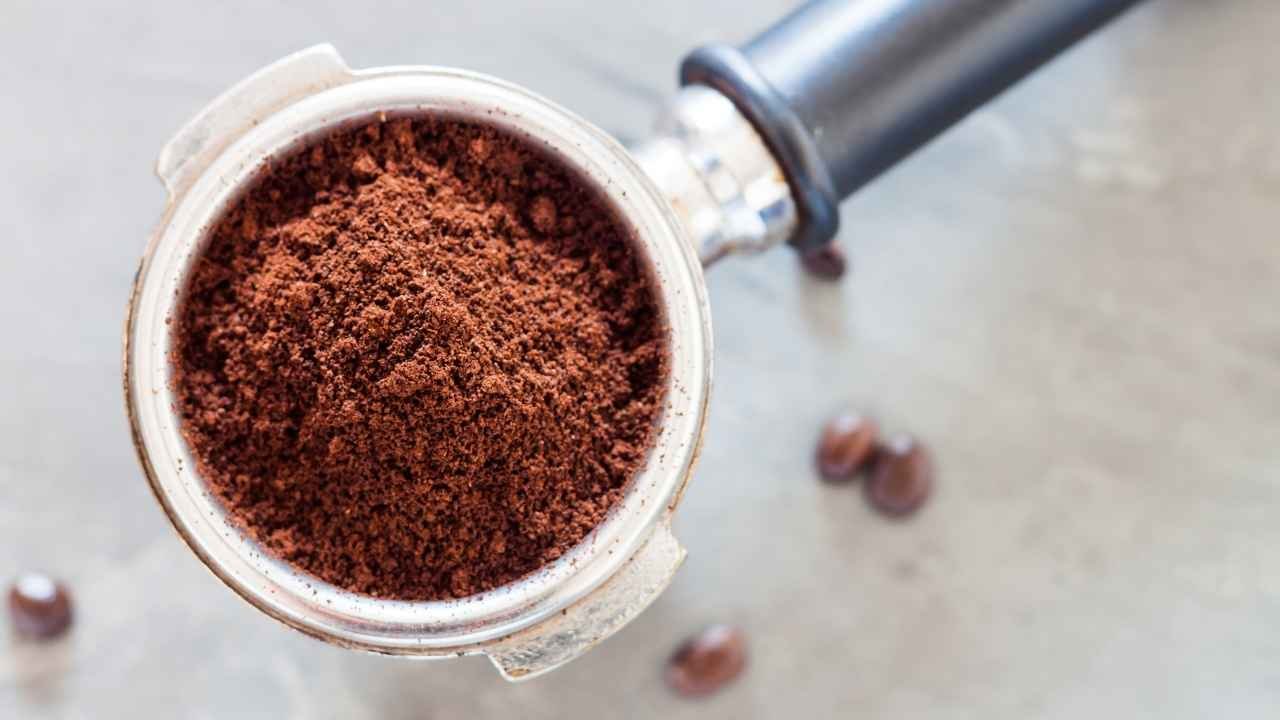
Coffee Brewing Ratios and Measurements Made Simple
Getting ratios right eliminates most brewing problems before they start. The standard starting ratio is 1:15 which means one gram of coffee for every 15 grams of water. In practical terms, that’s about 2 tablespoons of ground coffee per 6 ounces of water. This ratio produces balanced coffee.
Standard Coffee-to-Water Ratio Explained
The 1:15 ratio implies around 2 tablespoons coffee per 6 ounces water or 1 gram coffee to 15 grams water. For most coffee varieties and brewing techniques, this generates balanced extraction. Start with this and then change depending on particular beans and personal preferences.
How to Adjust Ratios for Taste and Strength
Use more coffee or grind finer if your coffee smells sour or weak. Less coffee or coarser ground should be used if it is sour or bitter. Make modest changes, changing from 1:15 to 1:14 causes clear strength differences without significant taste changes.
Common Brewing Mistakes Beginners Should Avoid
Brewing coffee for beginners is filled with errors that compromises their outcomes. Using too hot water is the worst blunder, it over-extracts coffee and produces harsh flavors. Thirty seconds of cooling of boiling water is necessary before pouring over coffee grounds. Using fine espresso grinds in a French press produces muddy, over-extracted coffee, so incorrect grind size for the brewing method is another frequent problem.
Coffee brewing is a process of tiny changes and perseverance, every blunder offers important lessons about the technique.
Overheating or Re-boiling Water
Coffee is extracted correctly at 195 to 205°F. Boiling water scalds coffee and produces sharp bitterness. Let boiling water sit for 30 seconds before brewing. Never reheat water since it concentrates minerals and degrades the taste.
Using Incorrect Grind Size for Method
Align your grind size with the contact time of your brewing method. For 4-minute steeping, French press needs coarse grinds. Drip coffee employs medium grinds. Quick extraction of espresso benefits from fine grinds. Incorrect sizes result in bitter or weak coffee.
Storing Coffee Beans Improperly
Keep beans in airtight containers far from heat and light. As moisture damages beans, stay away from refrigerators or freezers. Rather than storing large amounts that lose freshness over time, purchase smaller quantities more often.

Easy Tips to Improve Your Coffee Brewing Skills
Improvement results from paying attention to what works and what doesn’t in your regular brewing process. Tracking your experiments enables you to spot patterns and repeat successful cups. Identify the beans you like, the ratios best suited for your palate, and how various factors influence your results.
When you want to resolve issues or experiment with fresh methods, this data is priceless. As you learn what is most important for your brewing method, equipment upgrades should occur slowly. Usually, the best grinder will have the most impact on cup quality, then comes brewing gear, then comes accessories such scales or thermometers.
Good coffee results from technique more than pricey equipment, hence, buying everything at once puts you under pressure. Master one brewing technique before complexity is introduced into your daily schedule.
Final Thoughts | Begin Your Brewing Journey with Confidence
Perfection from day one is not necessary for beginning your coffee brewing trip. Every coffee enthusiast started exactly where you are now, exploring personal preferences along the route and learning by trial and error. The most crucial thing is selecting a basic approach and sticking with it long enough to see how several factors influence your results.
When studying the fundamentals of fine coffee making, consistency overcomes intricacy. Once you have become skilled at one brewing method, you can investigate others or test with various beans and ratios. Keep in mind that taste is personal, what counts most is producing coffee you like drinking daily.
Some days your coffee will be delectable, other days it will be just mediocre, that’s really natural. The trip itself is part of the pleasure, thus embracing the learning process and refraining from worrying about turning into an expert right now.
Frequently Asked Questions (FAQs)
What’s the easiest way to start brewing coffee for beginners at home?
Start with an automatic drip coffee maker or French press, use pre-ground coffee first, and pay attention to achieving the right coffee-to-water ratio (around 2 tablespoons per 6 ounces of water) before considering other factors.
How much should I spend on coffee brewing equipment as a beginner?
Start with $50–100 plus a basic grinder for simple drip makers or French presses, plus for basic equipment. With this system, you may create fantastic coffee while discovering which improvements are most important to you.
How do I know if I’m using the right coffee-to-water ratio?
Begin at a ratio of 1:15 (1g coffee to 15g water). Add additional coffee if the coffee is sour or weak. Should it be bitter or too strong, cut back on your coffee intake. Make little adjustments until you discover your chosen strength.




